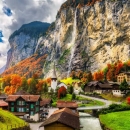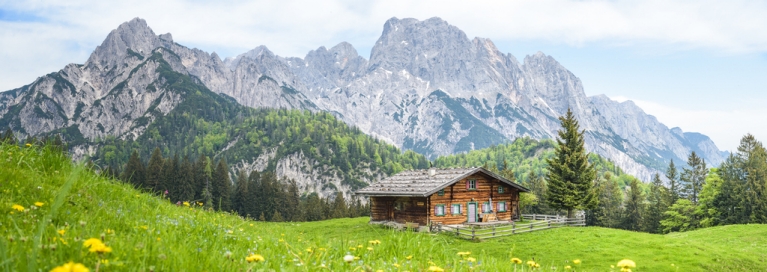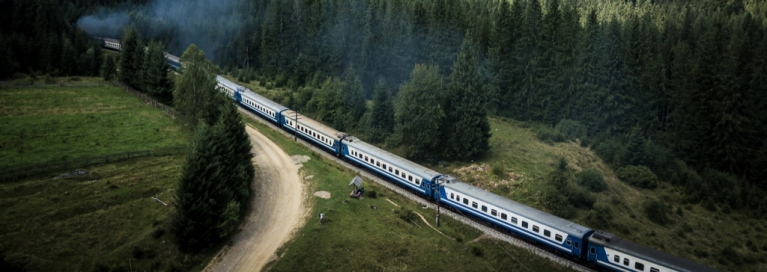
Where The Locals Go In Vienna
8 offbeat things to do in Vienna
If you’ve heard of Vienna, you’ve probably heard of a lot of the things that the majestic Central European capital has to offer - an atmosphere steeped in rich history and culture that harks back to a time when Vienna was the home of legendary musicians such as Beethoven and Mozart; and towering Gothic structures and impressive Baroque architecture that have borne witness to the city’s passage through time.
But beyond all of this, if you want to experience the city like a local and visit unique spots not covered in conventional guides, read this article for tips by Vienna locals. They might just convince you that Vienna’s worth visiting even if you don’t care much for history and pretty buildings.
How to get to Vienna by train: There are frequent high-speed trains between Vienna and other major cities in Austria. You could get to Vienna from Graz or Salzburg in 2 hours and 30 minutes, and travel from Innsbruck to Vienna in around 5 hours. Visit the rest of the region by rail with a Global Pass or an Interrail Austria Pass!
1. The analogue art of memory
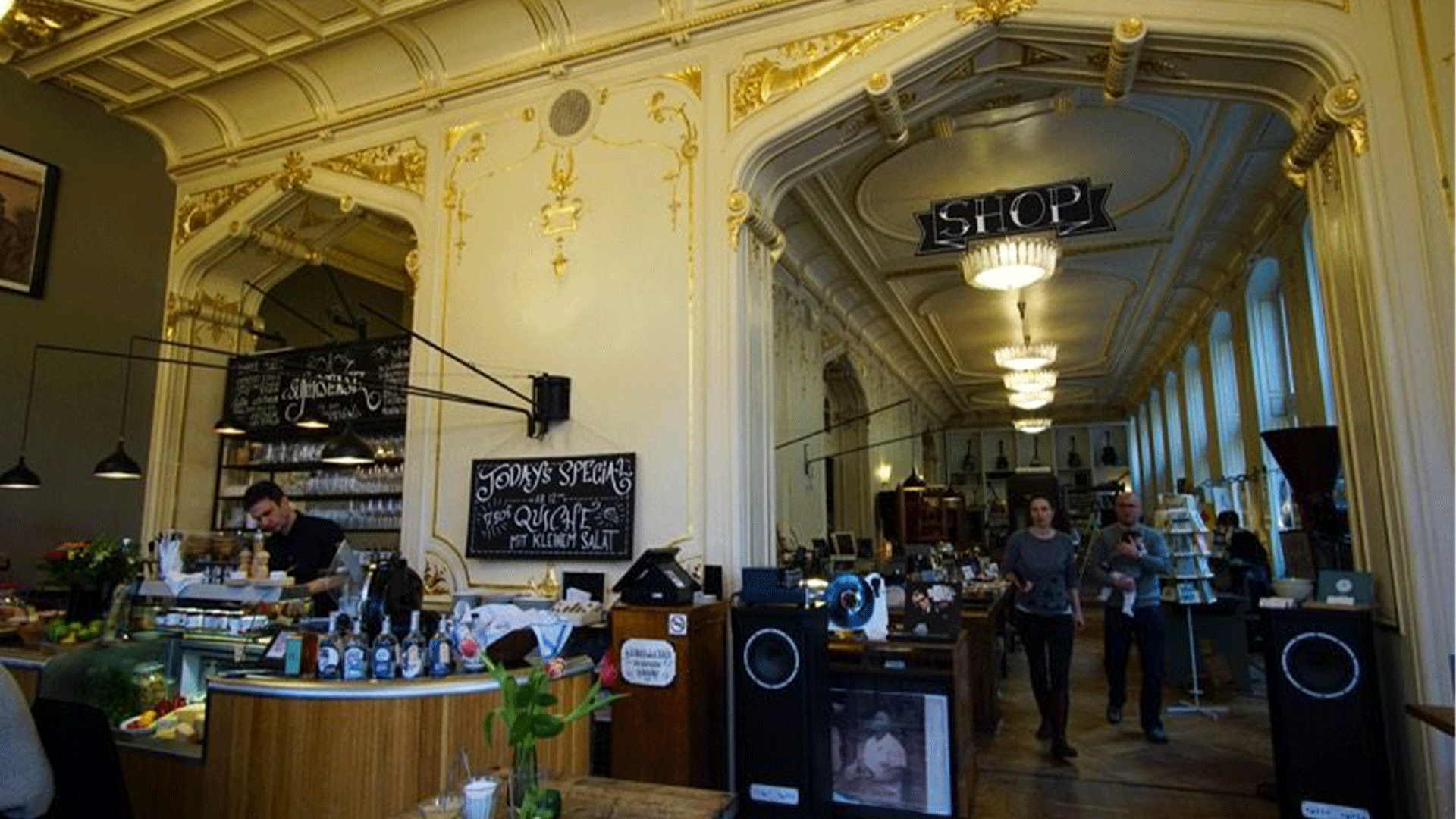
A unique store attached to a café and restaurant, Supersense combines a passion for serving simple Austrian meals and encapsulating people’s experiences through analogue products such as letterpresses and record players.
You can get your voice etched on a vinyl record, have your photo taken on the world’s largest instant photo camera, or buy a “smell memory kit” to make a new memory extra-strong with the help of your olfactory sense.
So head over to Supersense for a delicious lunch or dinner, and create memories for life.
2. Wonderful schnitzel curiosities
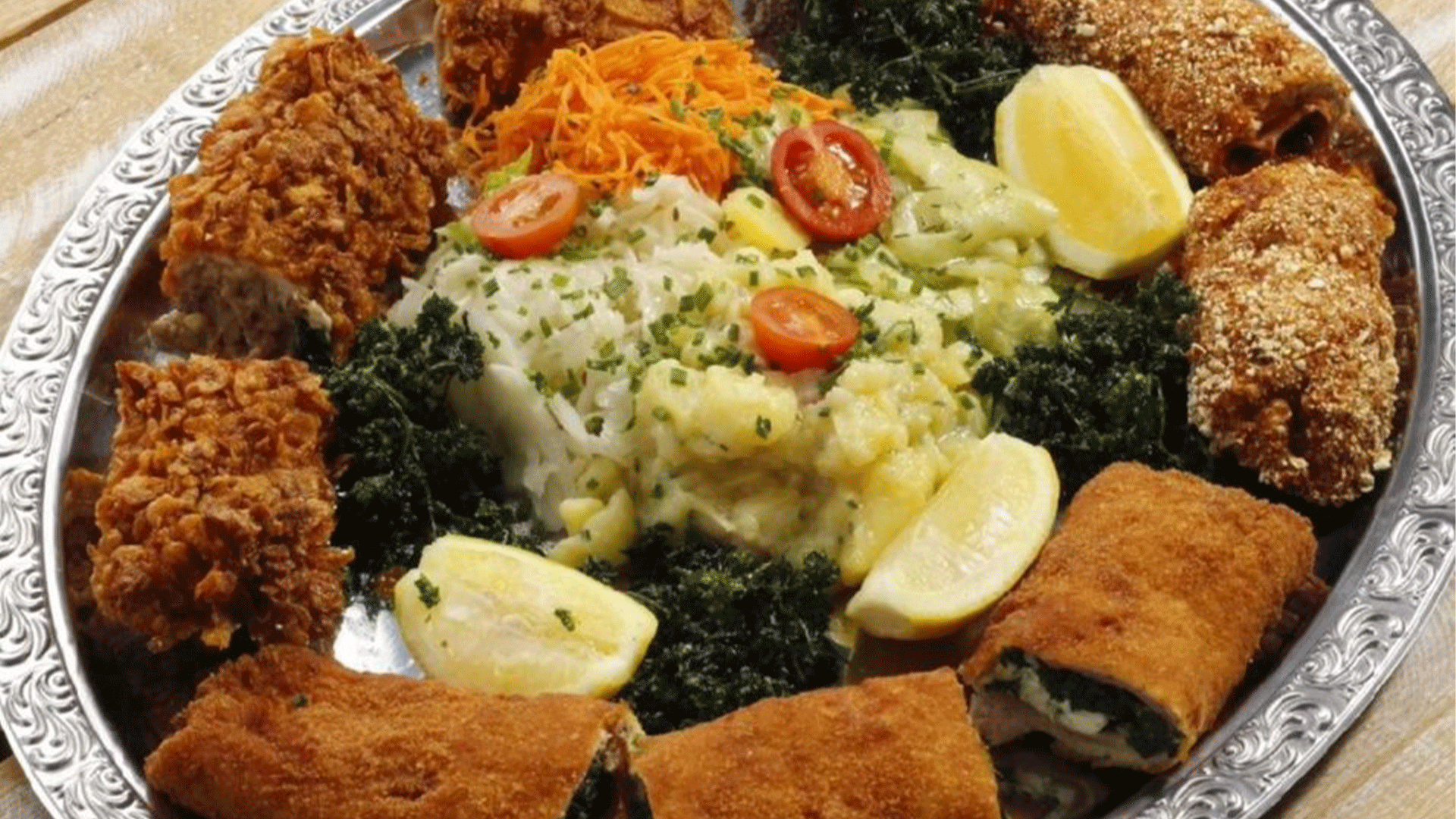
Across the German-speaking world, the good ol’ schnitzel is called the “Wiener Schnitzel” – or the Vienna schnitzel. So if you like meat, you just can’t visit this city without trying a schnitzel together with some potato salad.
If you want to take the experience a step further, you can visit Concordia Schlössl where they serve variations of the classic dish, including filled schnitzel rolls! Julia Heiligenbrunner, a local from Vienna, vouches for the chef’s creativity. Another curiosity: all prices are stuck in the era when the schilling was converted to euros and they didn’t bother rounding up the figures, that’s why you’ll see prices like €11.92 or €14.42. So, sharpen those mental arithmetic skills along with your tastebuds!
3. A baroque garden with WWII flak towers
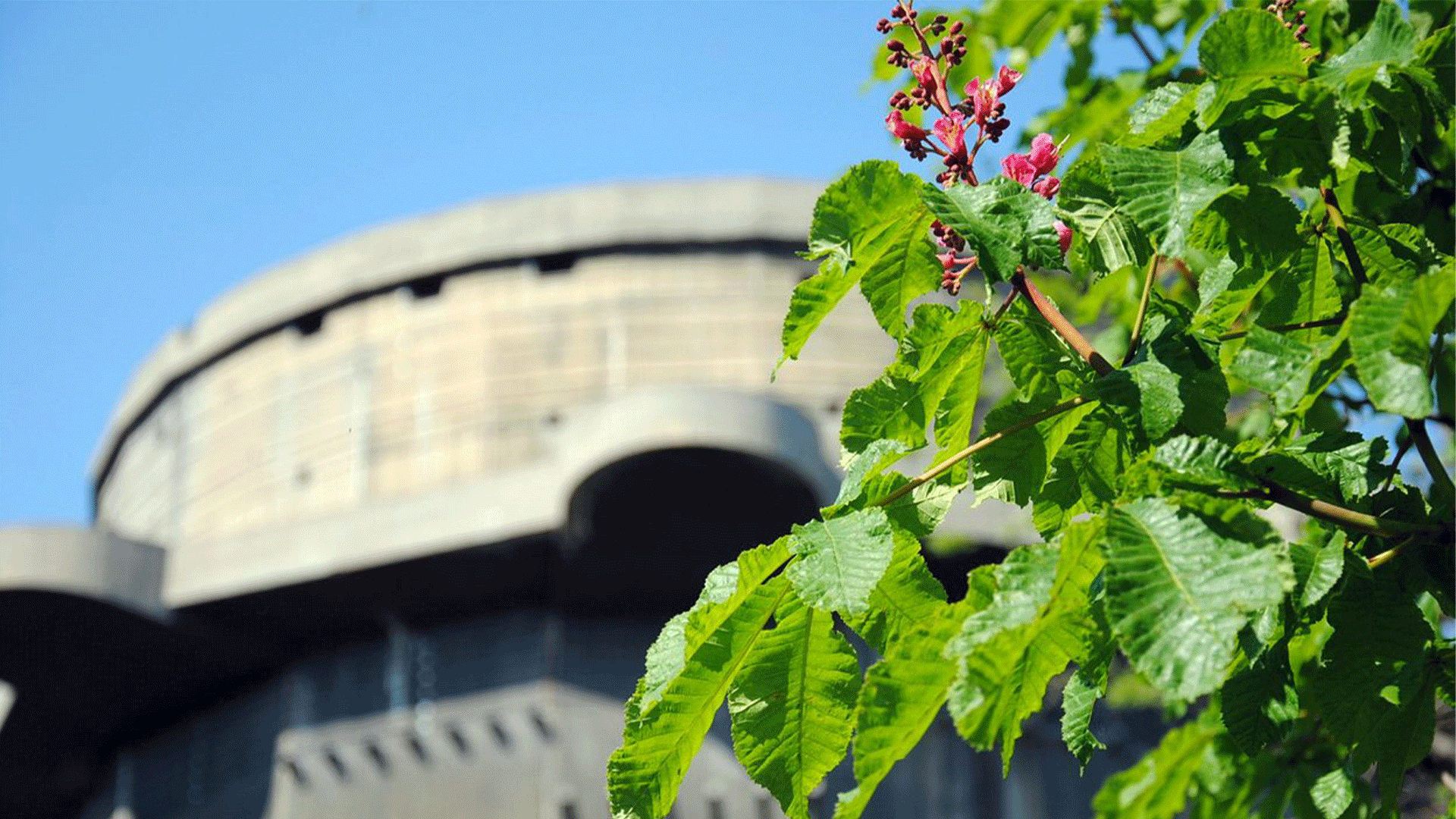
If you spend any amount of time in Vienna, you’ll probably see one or more of the six monolithic flak towers and bunkers from WWII dotted around the inner city that were used to counteract aerial warfare and shelter civilians from air raids during the war.
One such tower has been converted into an aquarium, called the Haus des Meeres. This is open to the public, houses exhibitions and events, and even has a wall for climbing in the summer months.
Another is in low-key Arenbergpark, and two more are in the baroque-style garden Augarten, which has been open to the public since 1775. With its neat landscaping, elaborate flower gardens, and the Baroque palace Palais Augarten which hosts the Vienna Boys’ Choir, the garden is a living testament to Austrian history and culture. We highly recommend visiting Augarten if you’re looking for beautiful green spaces to relax with a humbling cultural experience.
4. Concerts almost every evening

If you’re looking for a fun night out and have an eclectic taste for music, definitely visit Cafe Carina. The bar hosts both local bands and international artists, and puts up concerts almost every night or to be exact - 300 nights per year! Come here and let yourself be surprised by the varied genres of music you will see on stage.
Also great: they have a billiards table you can use before and after each concert, and admission to the concerts is free!
5. Discover Viennese wine
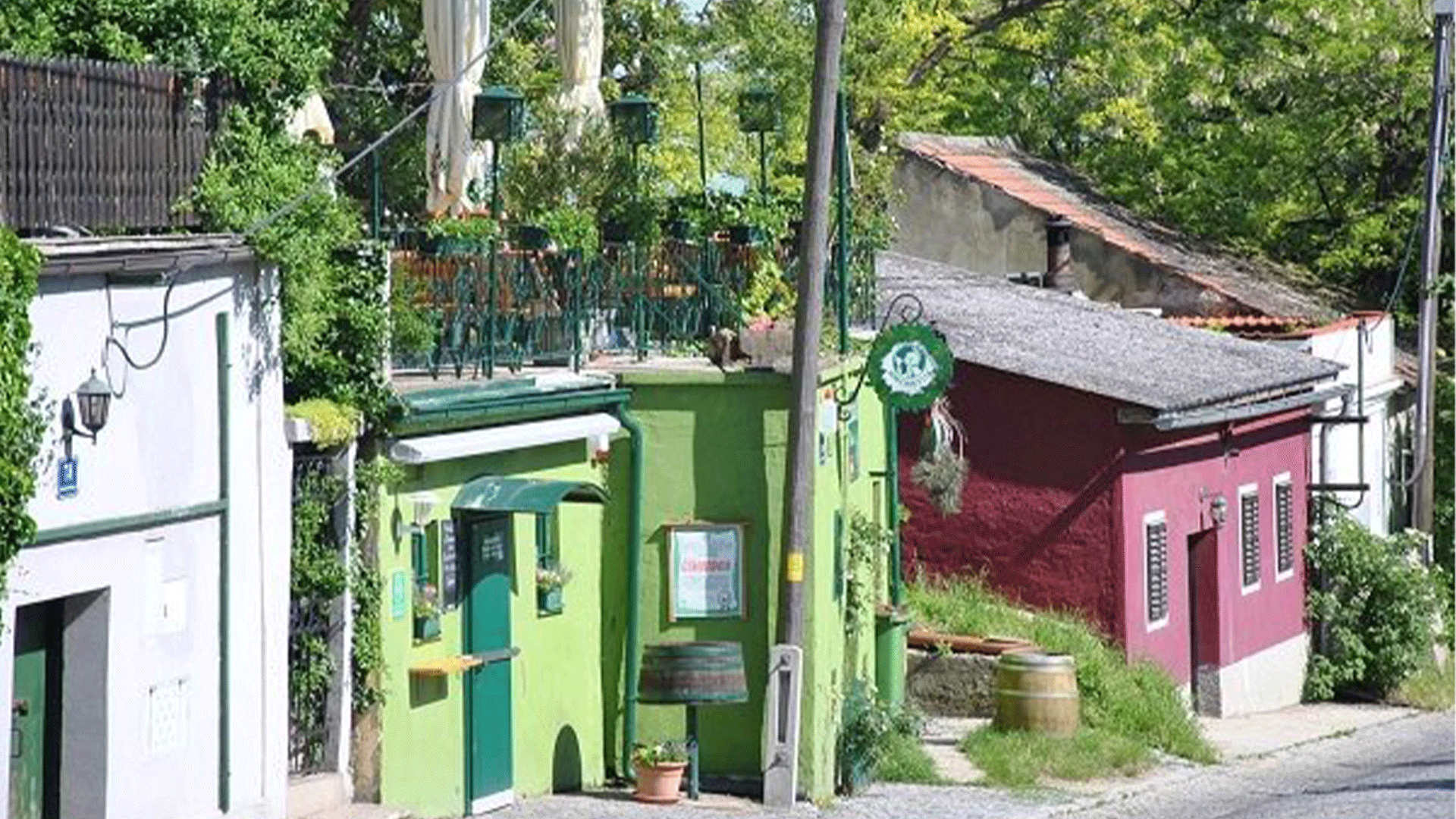
Did you know that Austria is actually well known for its wine? And it doesn’t take a lot of moving out of the centre of Vienna to find the first vineyards and small local producers.
Linda Nepicks, a local from Vienna, recommends taking tram number 31 to the end of the line to the outskirts; from there, it’s just a short walk to the main cobblestone alley that houses all the taverns, wine cellars, and vineyards in back gardens. Zur Christl is Linda’s favourite wine bar where you can relax and savour Viennese wine. If the temperature allows, there’s nothing better than just sitting in the open-air terrace and enjoying breath-taking serene views of vineyards while tasting the different varieties of white wine.
6. Walk on a piece of history
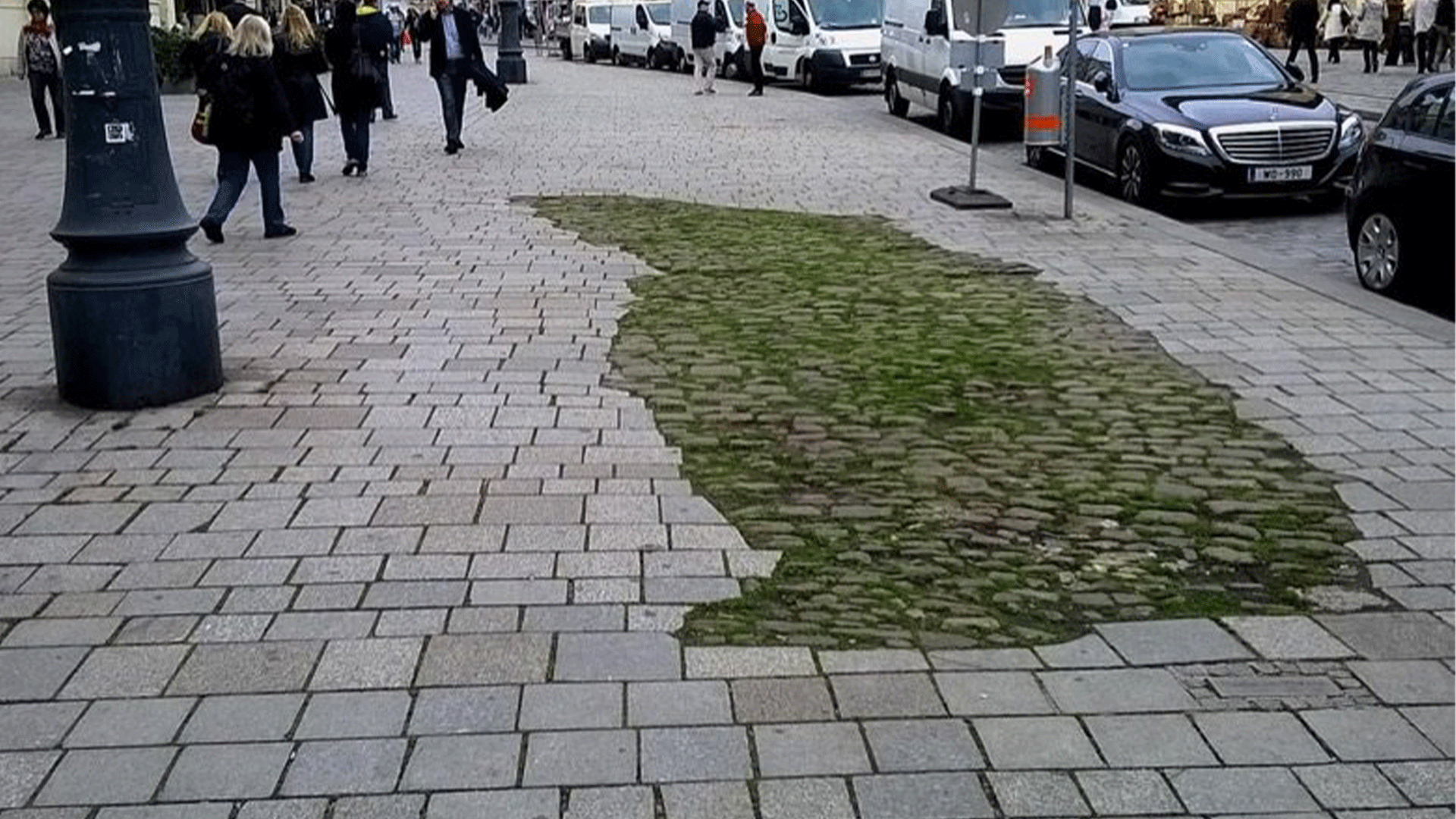
You wouldn’t know it just by passing by, but this part of the cobblestoned pavement on Freyung Square (which is ironically triangular in shape) is very old. In fact, it’s more than 800 years old.
Sabrina Grohsebner, a local from Vienna, confesses: “I find the nostalgic sites you can actually interact with, pass through or, walk along… the most fascinating ones. They bring history close to us.” And you can also experience this history by walking on the same cobblestoned pavement that people used back in the 13th century.
7. The world through their eyes and ears
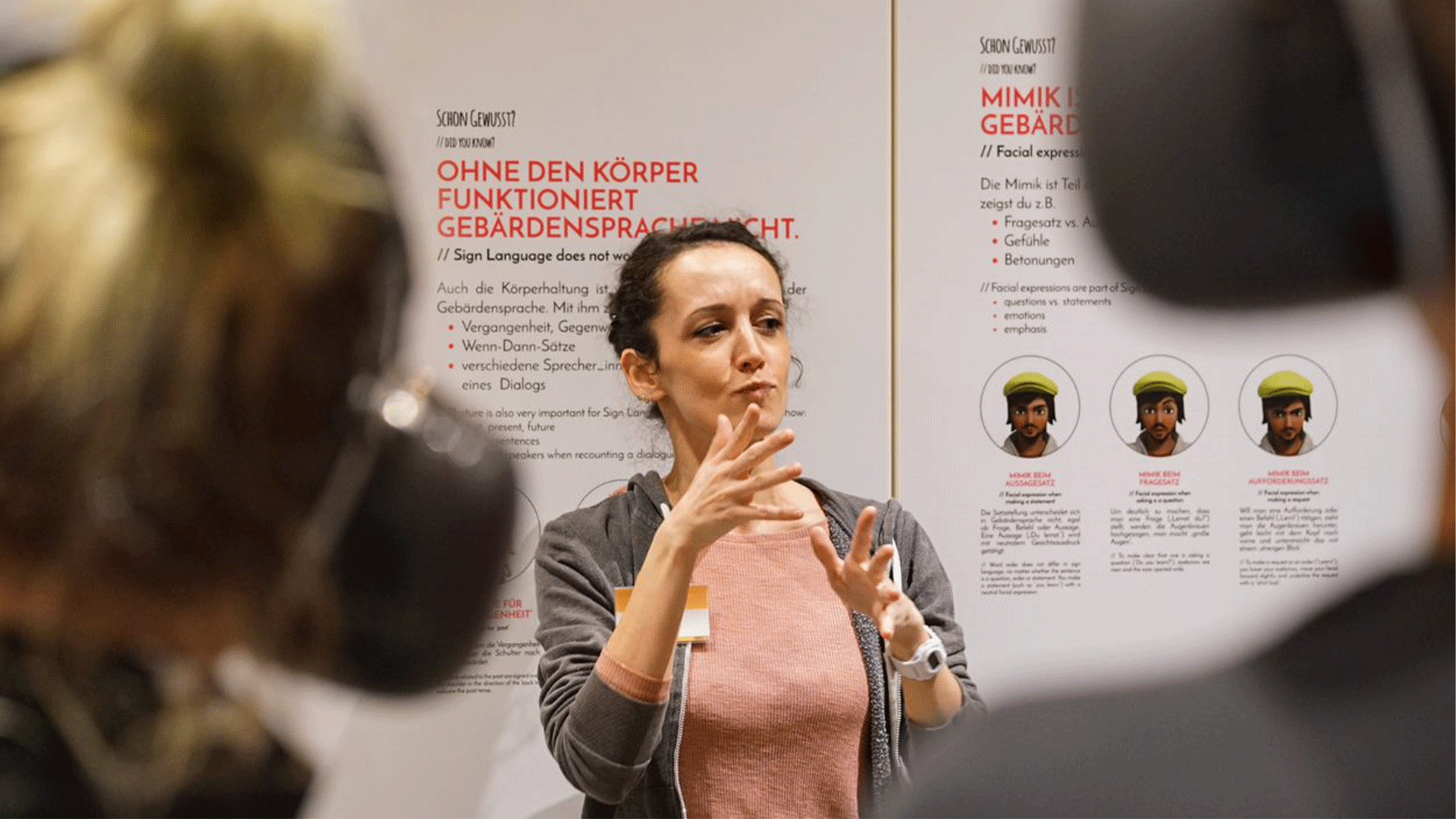
There is a “double exhibition” in Vienna where you can have two totally different sensory experiences in the same building. Take a guided walk or sit down for a nice meal in total darkness, like a blind person would in Dialog im Dunkeln, and see what life is like as a person with a hearing impairment in HandsUp - the only exhibition of its kind in the world so far. Here, you can gain first-hand experience of what living with sign language is like and the barriers - and benefits - that come with it. All the guides are deaf, too. Are you ready for some deaf-style karaoke?
8. An anatomy museum
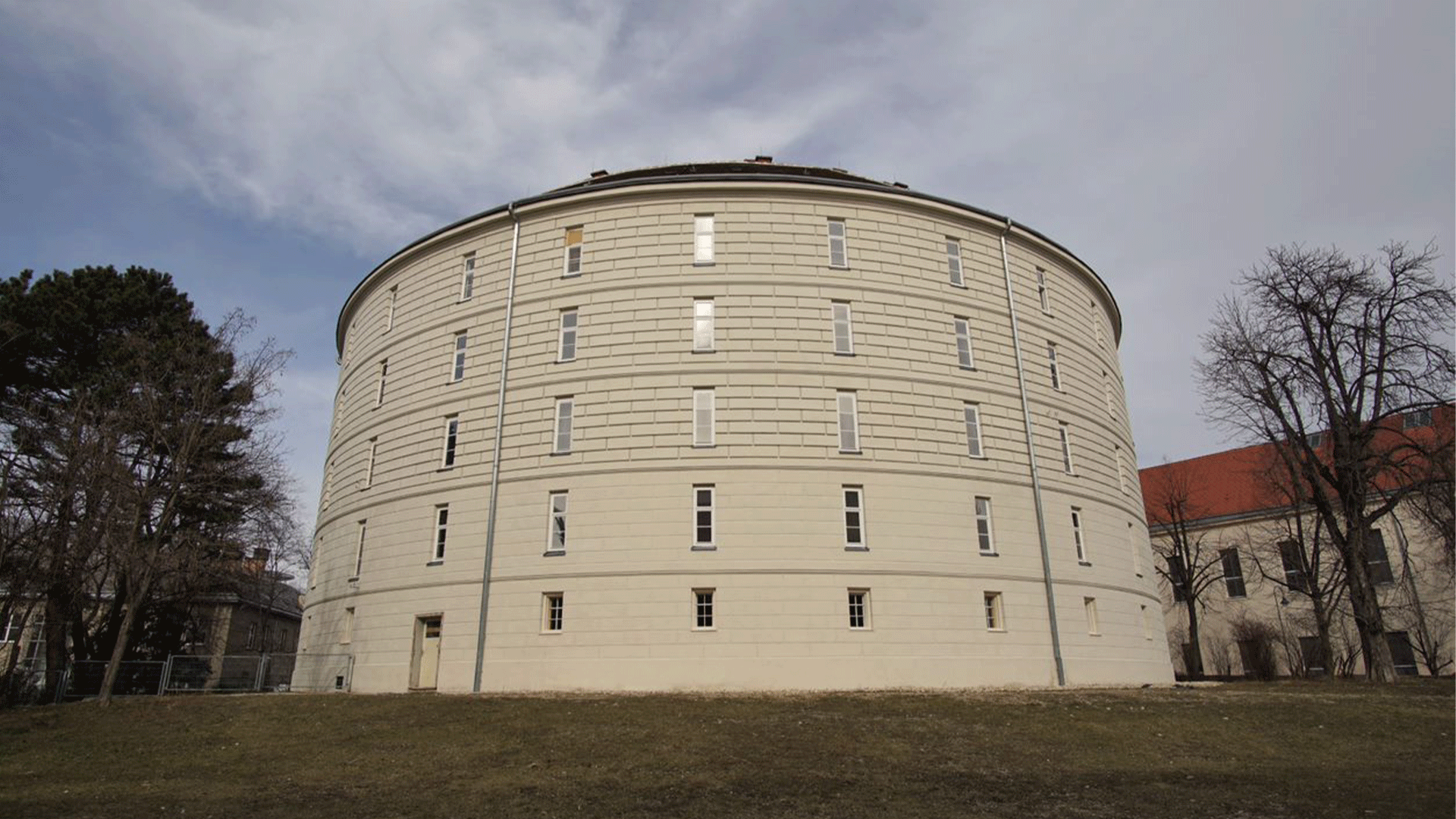
Narrenturm was the world’s first psychiatric hospital, which back in 1784 wasn’t good news as the rotunda consists of 139 solitary cells built for “inmates”.
Today it’s home to the city’s Anatomical-Pathology Collection as part of the Natural History Museum in Vienna. For a fee of €8, you can access the collection and “have a look at human and animal exhibits, a lot of diseases… and malformations, but also medical devices that make you wonder on what planet they might have been in use.”
You could also take a guided campus tour to learn more about the history of the building and the evolution of its purposes over the years from a psychiatric hospital, to a university building, and now a museum.
For more local favorites across Europe, check out Spotted by Locals.
Edited by Sukriti Kapoor, Eurail.
Header image by Luca Sartoni from Flickr (CC BY-SA 2.0)
You might like this as well:
-
![austria-cabin-mountains]() Austria’s Most Enchanting Train Rides Austria offers some of the most beautiful train rides in Europe. You'll be captivated by the stunning national parks, Alpine villages and Unesco World Heritage Sites.
Austria’s Most Enchanting Train Rides Austria offers some of the most beautiful train rides in Europe. You'll be captivated by the stunning national parks, Alpine villages and Unesco World Heritage Sites. -
![train-europe-aerial-view]() 7 Scenic Train Routes In Europe That You Will Love Looking for Europe's most scenic train journeys? Fans of spectacular rail trips are spoilt for choice on Europe's tracks with stunning vistas & breathtaking countryside.
7 Scenic Train Routes In Europe That You Will Love Looking for Europe's most scenic train journeys? Fans of spectacular rail trips are spoilt for choice on Europe's tracks with stunning vistas & breathtaking countryside.
Change of currency
You cannot change the currency once you have a Pass in your cart. Remove the Pass, and then change the currency on the website header.

